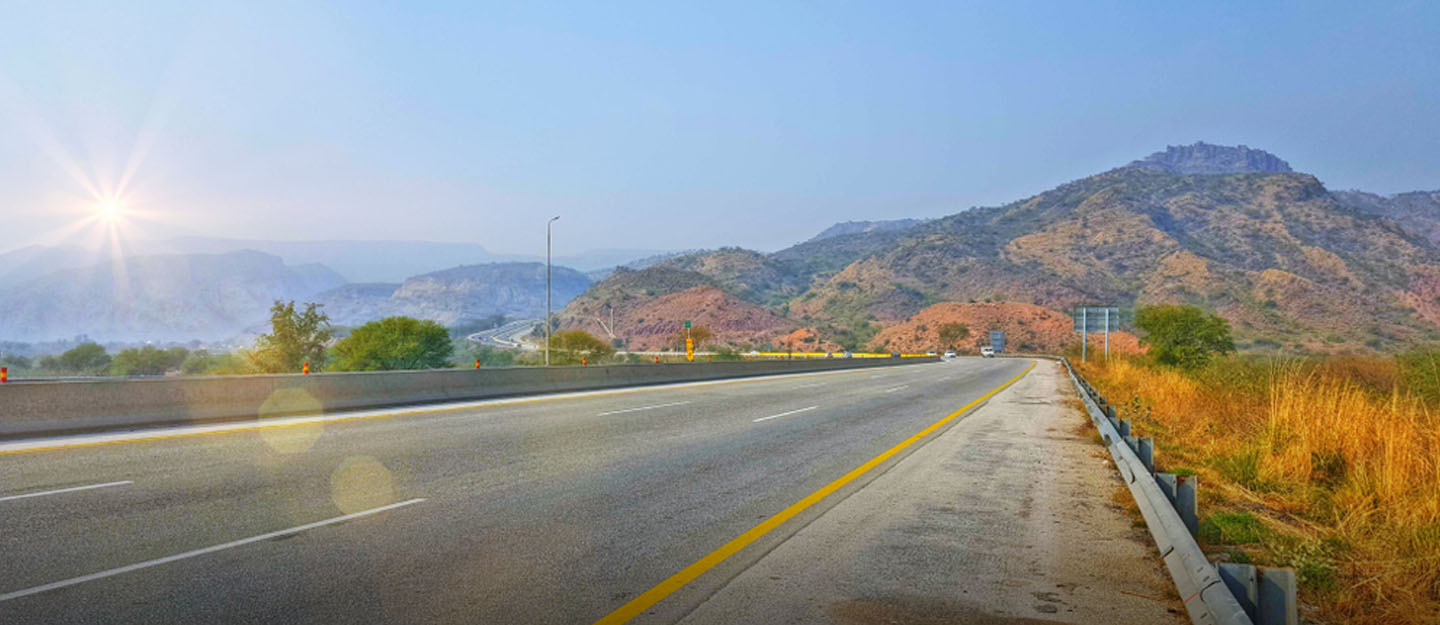Islamabad, Nov 15: The National Highway Authority (NHA) is preparing to undertake significant upgrades to several key motorways in Pakistan, aiming to address the increasing traffic demands and enhance road infrastructure.
Abdul Aleem Khan, the Federal Minister for Communications, underscored the importance of expanding the capacity of the Lahore, Sialkot, and Kharian to Islamabad Motorway.
The plan involves increasing the number of lanes on these motorways from the current four to six, allowing for a more efficient flow of traffic.
Khan emphasized that this initiative is crucial to mitigate the expected pressure on these roads due to the continuous rise in vehicle numbers, ensuring that the motorways can handle the growing traffic volume while maintaining safety and ease of travel.
He highlighted that the expansion is not just a response to present-day needs but also a proactive measure to address future challenges posed by an ever-increasing number of vehicles on the road.
By widening these motorways, the government aims to significantly reduce congestion, which has been a growing issue on several major routes.
National Highway Authority
In a high-level meeting, the Minister instructed the NHA to plan infrastructure projects with a forward-thinking approach, ensuring the roads can handle future traffic demands.
He stressed the need for long-term planning to avoid bottlenecks and delays as the country continues to urbanize, and the number of vehicles on the roads keeps increasing.
The expansion of the Lahore, Sialkot, and Kharian to Islamabad Motorway is expected to deliver a range of benefits.
These include improved travel efficiency, with shorter travel times, a reduction in traffic congestion, and ultimately, better road safety for all commuters.
With wider lanes and a smoother traffic flow, the risk of accidents caused by congestion or road bottlenecks will be reduced.
Moreover, these upgrades will play a crucial role in enhancing the overall driving experience for the public, ensuring that roads remain capable of supporting the country’s economic growth, which heavily relies on smooth transportation of goods and people.
Through these measures, the NHA is making significant strides toward creating a more efficient and safer road network for the future, ensuring that the roads can meet both the current and future needs of the country’s growing population.









